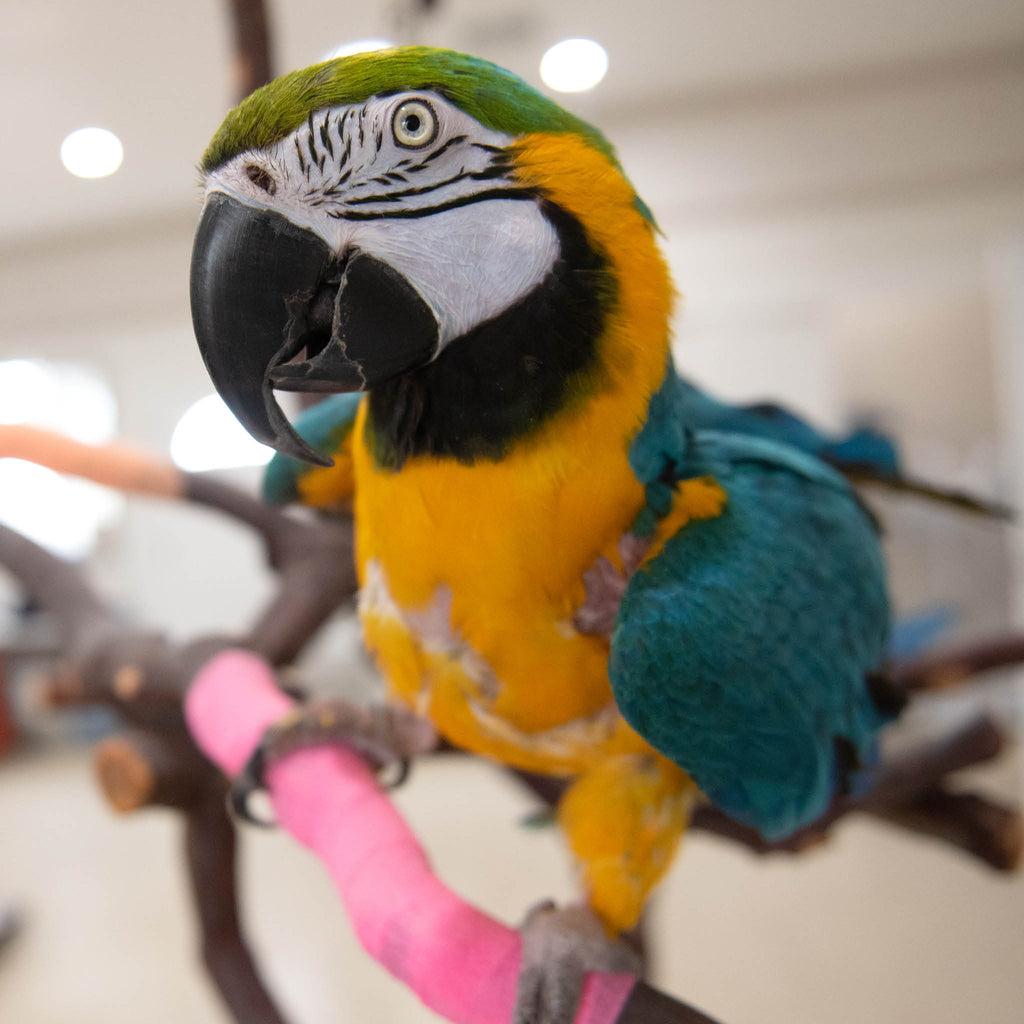Dasiwang: Your Gateway to Trending Insights
Stay updated with the latest news, trends, and insights across various topics.
Feathered Friends and Fabulous Fancies
Discover the enchanting world of birds and whimsical ideas! Join us at Feathered Friends and Fabulous Fancies for inspiration and fun!
Top 10 Most Colorful Birds Around the World
When it comes to avian beauty, the world is home to some of the most colorful birds that captivate birdwatchers and nature lovers alike. From the vibrant plumage of the Scarlet Macaw to the radiant hues of the Blue Jay, these birds showcase the incredible diversity of colors found in nature. In this article, we will explore the top 10 most colorful birds around the world, highlighting their unique features and habitats.
- Scarlet Macaw - Known for its brilliant red, yellow, and blue feathers, the Scarlet Macaw is a stunning bird found in Central and South America.
- Blue Jay - With its striking blue feathers and distinctive crest, the Blue Jay is a common sight in North America, renowned for its intelligence and adaptability.

How to Create a Bird-Friendly Backyard
Creating a bird-friendly backyard is an enriching endeavor that not only enhances your outdoor space but also supports local wildlife. To begin, consider providing food sources by incorporating a variety of bird feeders filled with seeds, suet, or nectar, depending on the species you want to attract. Additionally, maintaining native plants can offer natural food sources, such as berries, seeds, and insects, while also providing shelter and nesting sites for birds. A well-planned garden with different layers of vegetation creates a safe haven for these creatures.
Water is another crucial element in making your backyard bird-friendly. Installing a birdbath can provide essential hydration and bathing opportunities. Ensure that the water is kept clean and fresh to encourage frequent visits. Moreover, you can add a small pond or a water feature to enhance the habitat not just for birds but other wildlife as well. By following these steps, you can transform your backyard into a vibrant ecosystem where birds can thrive, bringing beauty and life to your outdoor space.
What Do Birds Really Want in Their Diet?
Understanding what birds really want in their diet involves recognizing their diverse nutritional needs. Birds are not a monolith; different species have unique dietary preferences based on their habitats, behaviors, and biological requirements. Generally, their diet can be categorized into several essential food groups: seeds, fruits, insects, and nectar. For example, seed-eating birds, like finches and sparrows, thrive on a diet rich in seeds and grains, while insectivorous species, such as warblers and flycatchers, depend on insects for protein during nesting seasons.
Moreover, a balanced diet is crucial for avian health. A lack of essential nutrients can lead to health issues and poor feather development. It's important to provide variety in their diets, as this helps mimic their natural foraging behavior. Incorporating a mix of fresh fruits like berries and apples, a selection of nuts, and even some cooked grains can enhance their nutritional intake. Ultimately, understanding what birds really want in their diet allows bird enthusiasts to create a more inviting and healthy environment for wild birds, promoting their well-being and vibrant presence in our gardens.